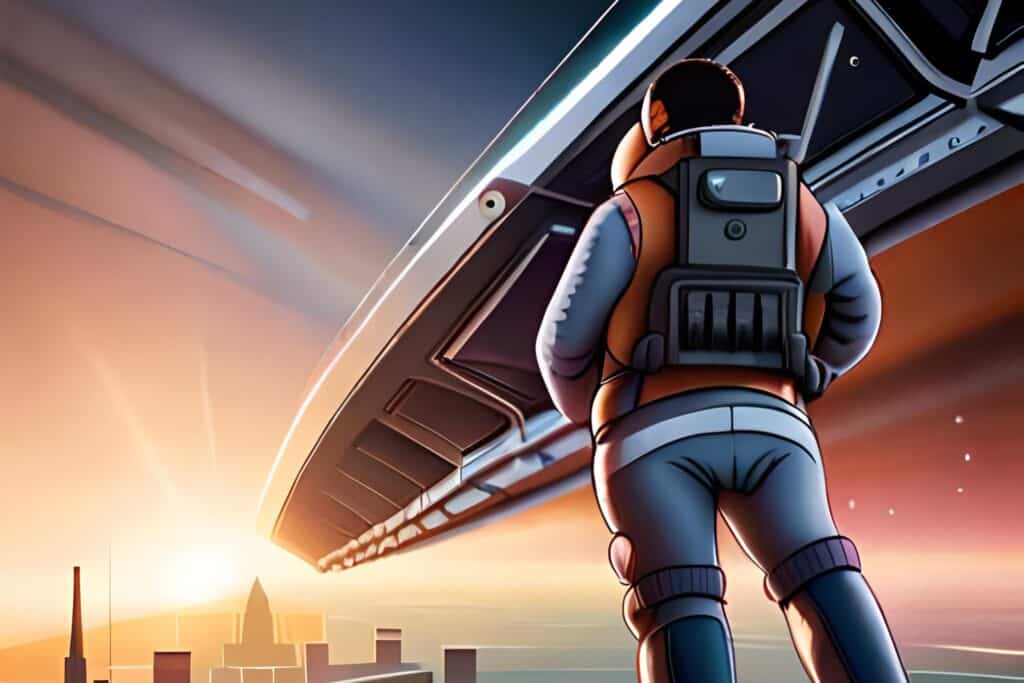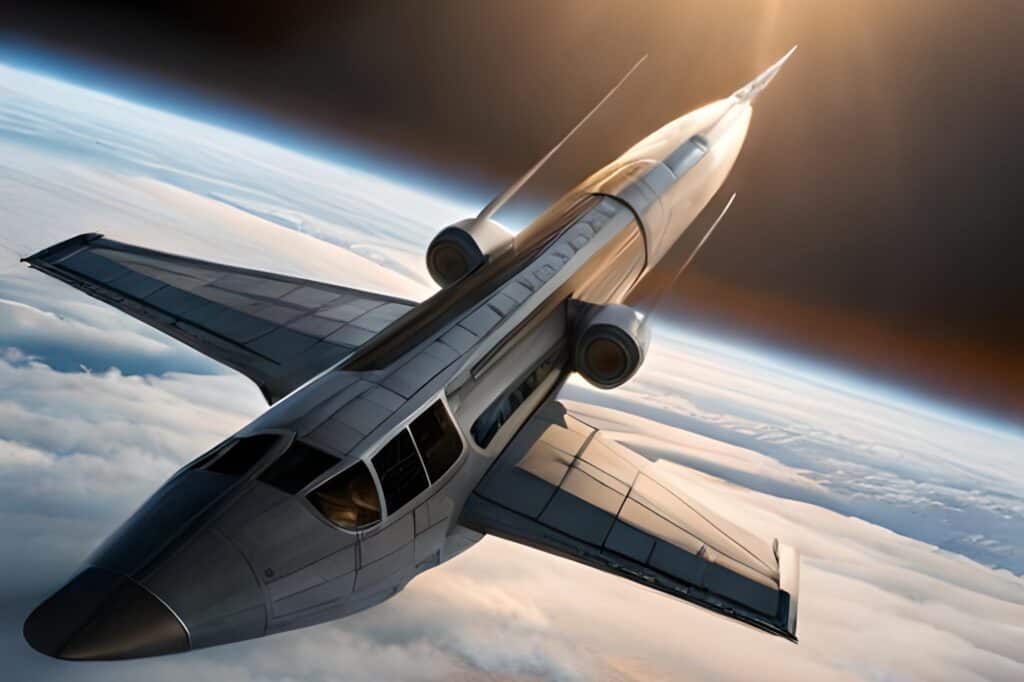From: Tolan Gharr (1st Engineer)
To: Capt. Eloqua T’ori (Commanding Officer)
CC: Cdr. Sorian Koth (1st Officer); Sub-Cdr. Zebo Thurn (Operations Officer); Judy Smith (Human Ambassador); Prime Admiral Okann T’ellos (Fleet Comm, Arcoid 3rd Expeditionary Bulwark, Sector 12)
Report#: Z67WR826
Date: 964.24.6.25

Report prepared by Tolan Gharr, 1st Engineer of the Arcoid Coalition Starship Cassal’s Wings, in accordance with prescribed regulations of the Arcoid Coalition military code. Source material forwarded to Fleet Comm for archival.
Damage related to testing of human tech and its compatibility with ships of the Arcoid Coalition:
37 power relays either fused or completely blown (will need to be replaced)
13 plasma conduits on decks 12 through 18 are breached and compartments sealed. Will need to power down ships reactor in order to unseal and repair, (space dock required).
132 blown light fixtures throughout the ship.
46 burst pipes (2 in the officers’ bathrooms, area sealed due to smell).
Hull breaches in sections 18, 19, 23, 35, 67 and 81 (2 major and 13 minor, all sealed, space dock required).
73 blown instrument panels on all decks and sections.
Note: Ship wide instrument panels were already scheduled to be upgraded next quarter. Recommend we take this opportunity to replace all instrument panels with the new mark 12 panels when we reach space dock.
Casualties due to test failure in the engineering compartment.
36 burns ranging from 2nd to 4th
17 broken bones.
7 crew members with feathers so badly scorched that they have begun molting.
29 crew members relieved of duty due to concerning, psychological evaluations in the mandated post incident medical screening. Ship’s doctor recommending 8 for hospitalization.
Report:
Human Engineering Consultant Nathan Li reported to the engineering compartment at 37:25 ship time along with his assistant engineers Stacy Freeman and Carlos Mendoza. There was some initial discomfort among the crew as these humans were all different colors and had severely different shapes. Engineer Li explained that humans come in a variety of shapes, sizes, colors, and features. That is how they differentiate themselves from one another; visually, as opposed to our species who differentiate by pheromones.
Once the crews’ concerns were settled, we began fitting the new power source to our engines. Once completed, we switched from our reactor to the human one. Power levels remained stable for over 3 hours while we ran tests on stability and compatibility with other systems. All indications were that the systems were a match. We were only at 3% of the potential output for the human reactor. I inquired of Engineer Li as to what his expectations are when the power levels were increased. My concern was that the human reactor, now operating at only 3% capacity, was putting out roughly 73% of our own reactor. He assured me that the levels were safe and that the levels would be monitored carefully throughout the test.
As the initial data analysis report was displayed on the main screen, we reviewed and decided to proceed with the next stage of testing. After contacting the command deck and being granted permission by the captain, we began slowly ramping up the power levels. At 15% capacity, we had the bridge set coarse towards the Caithar Nebula and engage the stardrive.
After a few minutes of travel at 25% the ships top speed, we increased the power levels to 50% capacity and ship speed to 75% top speed. The human reactor was now putting out power levels on an exponential magnitude compared to our own reactor. Power levels still appeared stable.
After a few more minutes, we pushed the reactor to 100% capacity and ship speed to 100% previously established top speed. Still, the power levels were stable. It appeared as though the test was a complete success.
After a short time at top speed, the captain called down and informed us that he wanted to try to establish a new top speed. I advised the captain that the ship had never been pushed any faster than the current speed, and that I could not predict what exceeding previously established safe top speeds would do.
The captain then asked Engineer Li for his opinion. He thought for a moment and then said, “What’s the worst that can happen?” This statement concerned me. As an engineer, he is well aware of what was the worst that can happen. We were putting out more power than a medium sized fleet task force.
As we accelerated beyond rated top speed, I listed many of the myriad of things that could happen. He interrupted me and said, “It’s ok. If there are any surges or instabilities, your redundancies should kick in and handle the overflow.”
When I asked him what “redundancies” meant, he looked at me with a horrified expression. As he looked from me to the control panel and began to reach for it, “all hell broke loose” as human engineer Mendoza would later describe it.
Panels blowing, gaseous discharges from blown conduits, bodies of my crew flying through the air with their wings desperately trying to get them from disaster to disaster. It was absolute chaos.
But the humans! The humans were almost seeming to enjoy themselves. It was as if the cacophony was their home. Chaos was their playground. As human engineer Freeman was battling a plasma fire, I heard her yelling something. Later when I played back the footage and enhance the audio, what she yelled was a word that I had never heard and don’t know what it means. “Yee Haw.” When I asked human engineer Li what it meant, he just laughed and told me it was a southern thing.
In the debriefing, Engineer Li inquired as to why we do not have redundancies or backup systems. After the concept of “redundancy” was explained to me, I informed him that space aboard ship is limited. Systems are engineered to work efficiently so that there isn’t a need for back-ups.
He shook his head and said, “How’s that working out for you.”
Without giving me an opportunity to respond to his question, he informed me that human philosophy is to have a back up for every system and a second back up for essential systems. He told me that there are a million reasons to have backups, but it’s the reasons that you can’t think of that make them necessary. I think he may have been exaggerating here. I doubt that there are literally a million reasons that he has already thought of on this topic.
Recommendations:
The ship should proceed to the space docks on Primea immediately for extensive repairs.
Request medical frigate meet us enroute to take possession of the severely wounded and traumatized to get them better care immediately.
Reprimand Capt. T’ori for ignoring her 1st engineer’s concerns and exceeding established safe operating procedures of Arciod Coalition starships.
Add additional preliminary stages before any future testing involving human tech.
Begin collaborating with the humans on how this concept of “redundancy” can be adapted to Arcoid Coalition starships.
With respect,
Tolan Gharr
1st Engineer, Cassal’s Wings

